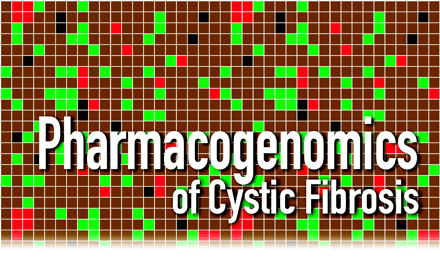Pharmacogenomics of Cystic Fibrosis
- Department of Anatomy, Physiology, and Genetics, and Institute for Molecular Medicine, USUHS School of Medicine, Bethesda, MD 20814; and
- *Molecular Recognition Section, Laboratory of Chemistry, NIDDK, NIH, Bethesda, MD 20892
- Address correspindence to HBP. E-mail hpollard{at}usuhs.milfax; 301-295-1715.
Abstract
Pharmacogenomics is becoming a frontline instrument of drug discovery, where the drug-dependent patterns of global gene expression are employed as biologically relevant end points. In the case of cystic fibrosis (CF), cells and tissues from CF patients provide the starting points of genomic analysis. The end points for drug discovery are proposed to reside in gene expression patterns of CF cells that have been corrected by gene therapy. A case is made here that successful drug therapy and gene therapy should, hypothetically, converge at a common end point. In response to a virtual tidal wave of genomic data, bioinformatics algorithms are needed to identify those genes that truly reveal drug efficacy. As examples, we describe the hierarchical clustering, GRASP, and GENESAVER algorithms, particularly within a hypothesis-driven context that focuses on data for a CF candidate drug. Pharmacogenomic approaches to CF, and other similar diseases, may eventually give us the opportunity to create drugs that work in a patient- or mutation-specific manner.

- © American Society for Pharmacology and Experimental Theraputics 2001



